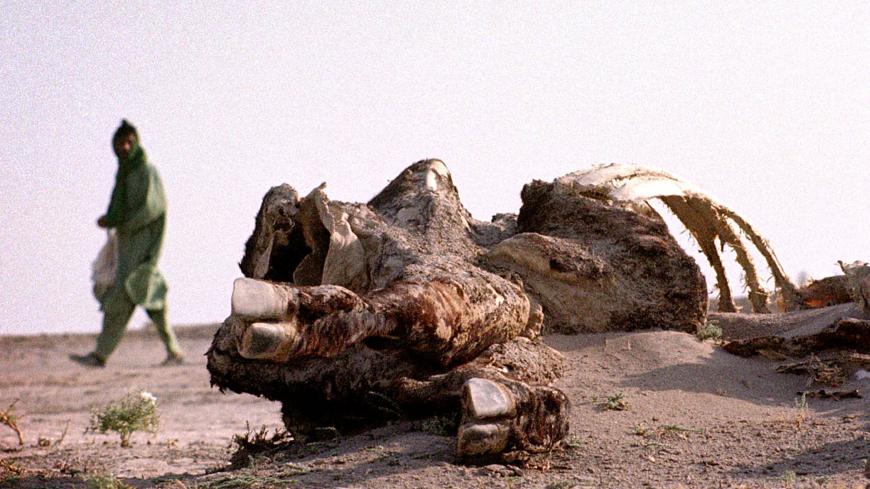Iran is arid with low levels of annual precipitation and limited water resources that have been shrinking. Drought has gripped most parts of the country for at least a decade now, and precipitation has decreased drastically to its lowest level on record in 50 years. However, the situation is expected to get even worse. The latest figures by the World Resources Institute predict the rise of water stress globally in the next two decades due to climate change. In particular, most parts of the Middle East, including Iran, are projected to face high-risk water stress.
“Over 90% of the country’s population and economic production are located in areas of high or very high water stress. This is two to three times the global average in percentage terms, and, in absolute numbers, it represents more people and more production at risk than any other country in the Middle East and North Africa,” Claudia Sadoff, director general of the Sri Lanka-based International Water Management Institute, told Al-Monitor.



